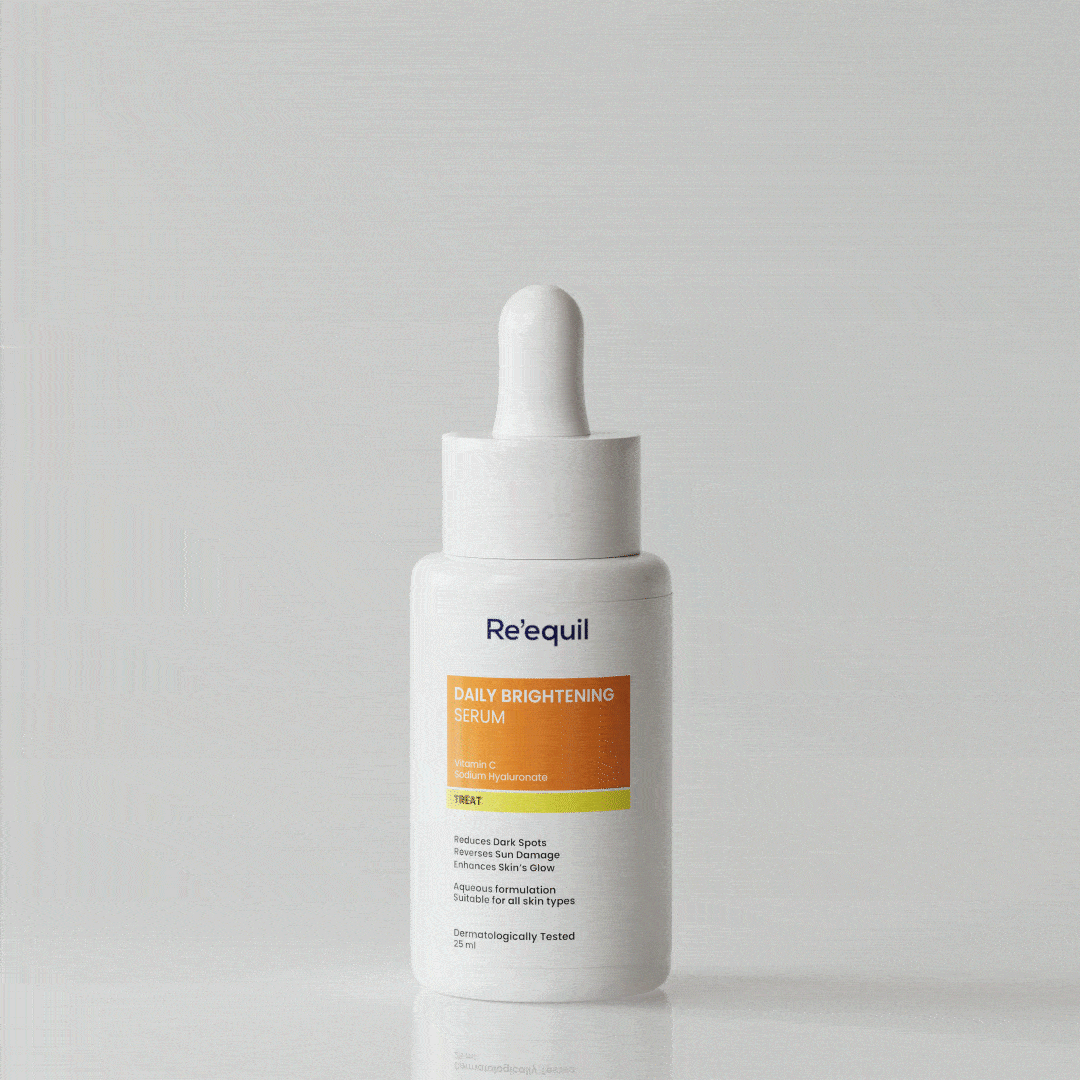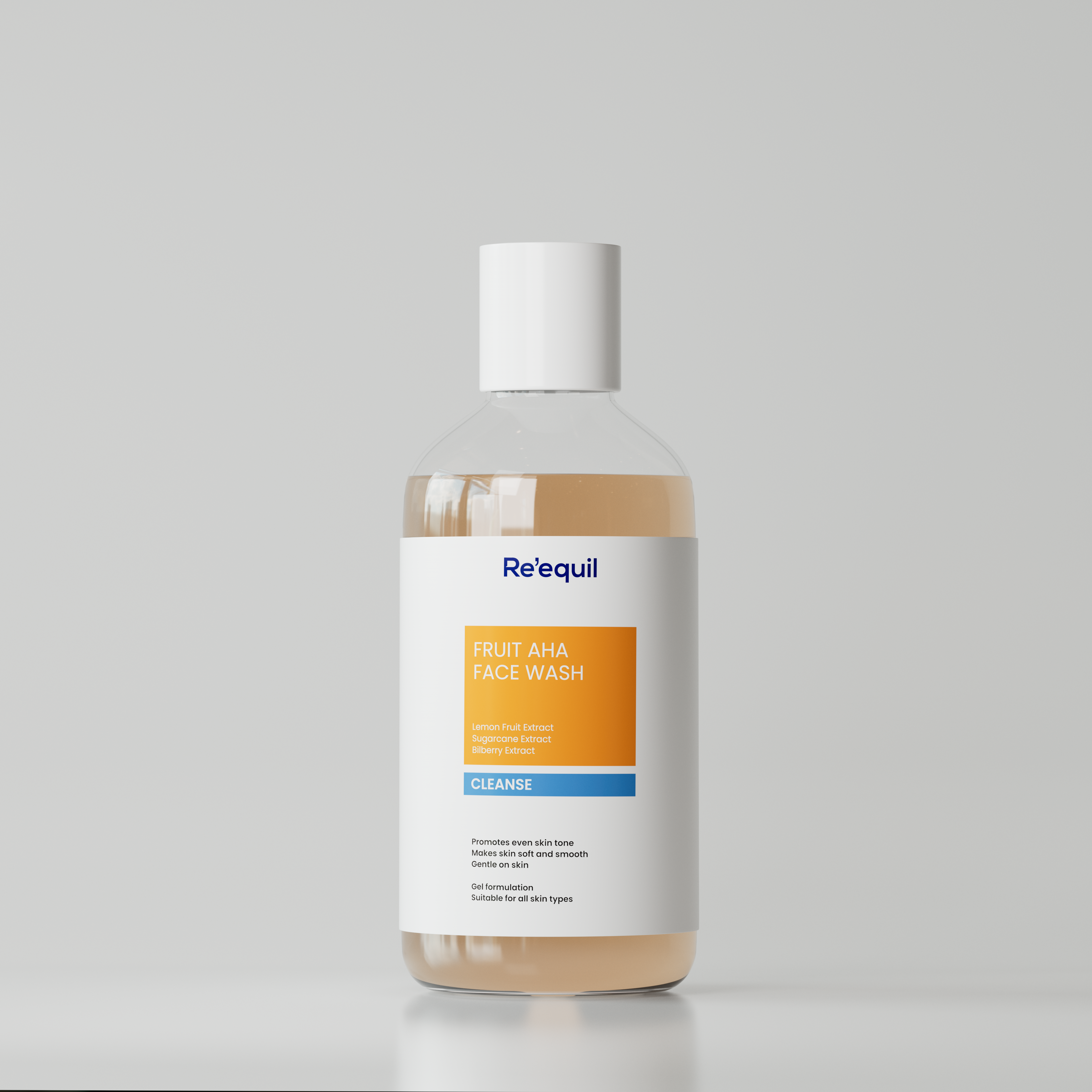Usually, skin care products are labelled with three skin types; dry, oily, and combination.
Sure, a large chunk of people can make peace with this and find products that more or less “match” their skin type.
However, there is one more skin type, sensitive skin.
Individuals with sensitive skin often experience burning, stinging, tightness, and itching in response to stimuli that wouldn’t affect “normal” skin—things like water, wind, light, or skincare products that most people tolerate just fine.
Thus, one with sensitive skin is always careful about what they apply to their skin—and most importantly—how.
With that comes one question—can an individual with sensitive skin tolerate Retinol?
A potent and effective skincare ingredient known to treat many skin concerns—primarily fine lines, dark spots, uneven skin texture, etc.
However, the ingredient comes with a price (not the product’s price).
It’s the redness, itching, and purging that one may experience in the first few days of using Retinol.
So here’s the real question: Can sensitive skin survive—let alone benefit from—retinol?
Let’s find out in this blog.
What is Retinol and how does it work?
Retinol is a topical derivative of Vitamin A, and notably, one of the few ingredients with decades of rigorous clinical backing.
It’s not a trend—it’s pharmacology.
Vitamin A derivatives (retinoids) were the first class of compounds recognized by the FDA for their anti-ageing efficacy, primarily due to their role in epidermal renewal and dermal remodelling.
Retinol increases fibroblast activity, which in turn stimulates collagen synthesis, and enhances angiogenesis—the formation of new capillaries in the dermis.
This dual action improves not only wrinkle depth and elasticity but also skin tone, which often appears dull or uneven with age.
Retinol is a well-established topical therapy for acne, supported by clinical research.
Its anti-inflammatory effects help reduce both inflammatory lesions and post-inflammatory hyperpigmentation.
What exactly is sensitive skin type?
Sensitive skin isn’t something you always see—it’s something you feel.
That’s what makes it so frustrating. There’s no rash, no redness, no textbook symptoms.
Just that familiar sting, the random itch, the burn you weren’t expecting.
It shows when you change your skincare routine a bit or maybe add a new promising active skincare ingredient.
Interestingly, sensitive skin is largely self-diagnosed.
And in a world that’s constantly introducing us to new skincare ingredients—it’s no surprise that more and more people (especially women) are noticing their skin reacting in ways they can’t quite explain.
Over half of women and around 40% of men report these strange, invisible sensations: tightness, burning, prickling.
No obvious irritation, just discomfort that doesn’t show up under a microscope—but is very real to the person feeling it.
There are ways to test for sensitive skin—some invasive, others not.
But more important than labeling it is learning how to manage it: understanding triggers, simplifying routines, and choosing products that respect your skin barrier rather than challenge it.
How to tell if your skin is sensitive?
As mentioned above, sensitive skin doesn’t always look irritated—but it definitely feels it.
It happens when your skin barrier breaks down, letting irritants in and moisture out.
You might see it—flaky patches, redness, swelling, maybe even sores. Those are the objective signs. But often, it’s what you feel that gives it away: the sting, the itch, the weird burning that no one else can see but you can’t ignore.
Here are some symptoms of sensitive skin -
- Wrinkled, rough texture
- Redness
- Swelling
- Open sores or yellow crust over the skin
- Peeling skin
- Rough, flaky patches
Why is there a chance that sensitive skin may not react well to retinol?
When applied to skin, Retinol accelerates cell turnover, increases collagen production, and helps unclog pores.
But it works by speeding things up—shedding old dead skin cells and making way for the new ones.
That sudden pace can overwhelm your skin, especially if it’s not used to it. That’s when the irritation shows up.
The reaction—commonly called “skin purging”—isn’t a sign that retinol is damaging your skin.
It’s a sign that your barrier is struggling to keep up. Redness, peeling, stinging, tightness—these aren’t allergies.
They’re symptoms of barrier disruption. Retinol speeds things up before your skin is strong enough to handle the acceleration.
Research shows that these side effects are more common with higher concentrations or frequent use without adequate barrier support (e.g., moisturisers or other hydrating skincare products).
And skin that's already sensitive or compromised tends to react more intensely.
So, it’s not that retinol is “too harsh.”
It just needs time—and a method that matches your skin’s pace and tolerance.
Can Retinol really be good for sensitive skin? What should one expect?
Till now in this blog—we have majorly talked about what could go wrong if someone with sensitive skin uses retinol.
Now, let’s talk about the potential benefits—and needless to say—Retinol has a tonne.
If used the right way and in the right concentration—Retinol can be really good for sensitive skin—providing a solution for several skin concerns.
Retinol helps with acne
Yes, topical retinoids like retinol are clinically approved for the treatment of acne.
A 2021 clinical review states:
“Due to its anti-inflammatory properties, retinol is highly effective in treating acne and also improves post-inflammatory hyperpigmentation.”
In simpler terms, Retinol doesn’t just clear the breakout—it helps fade what’s left behind.
Another study supports that retinol is effective against both non-inflammatory (like comedones) and inflammatory (like papules and pustules) acne lesions, with clinical evidence drawn from thousands of patients.
Now here’s what actually makes retinol so central to acne treatment: its ability to unclog pores, i.e., stop the skin from trapping dead cells and oil inside your pores.
This is especially relevant for oily skin/sensitive skin, which already deals with excess sebum production.
Retinol helps regulate sebum, reduce the likelihood of congestion, and maintain an environment where pores don’t get clogged.
Retinol reduces dark spots and hyperpigmentation
Retinol is particularly effective in addressing epidermal pigmentation—where excess melanin accumulates in the stratum corneum and upper epidermis, often manifesting as sun spots, post-inflammatory hyperpigmentation, or uneven tone.
Retinol initiates changes at the cellular level, accelerating epidermal turnover and facilitating the shedding of melanin-loaded cells.
At the same time, it helps regulate how pigment-producing cells (melanocytes) work, which leads to a more even spread of melanin across the skin.
This results in even-tone skin and reduces the appearance of dark spots or hyperpigmentation.
Retinol reduces the appearance of fine lines and wrinkles
Retinol is well-documented for its ability to stimulate collagen and elastin synthesis—two structural proteins essential for maintaining skin firmness and resilience.
It also acts as a biological antioxidant.
Retinol helps neutralize free radicals—unstable oxygen molecules generated by chronic exposure to UV light, pollution, smoking, and even psychological stress.
These free radicals accelerate oxidative damage, breaking down collagen fibers and compromising the integrity of healthy skin cells.
By limiting that damage, retinol slows down the structural ageing of skin.
How to choose Retinol if you have sensitive skin?
If you are looking for a Retinol that is best suited for sensitive skin—here is a checklist.
A retinol checking all the boxes listed here is more likely to do more good than harm to your skin.
Creamy texture
A creamy base typically contains emollients and occlusives that buffer the potency of retinol, slowing its penetration and minimizing irritation.
These formulations create a protective environment, reducing transepidermal water loss and making retinol less aggressive on a compromised skin barrier.
Lower concentration
Starting with 0.1% retinol significantly lowers the risk of barrier disruption, allowing the skin to build tolerance gradually.
Clinical studies confirm that even low concentrations of retinol can still stimulate collagen production and improve pigmentation—without overwhelming the skin.
Hydrating formulation
Sensitive skin is often dehydrated skin in disguise.
A well-formulated retinol for this skin type should include humectants and barrier-repair ingredients.
These support the skin’s ability to retain moisture, and maintain barrier integrity during retinol use.
How to use Retinol—especially if your skin is on the sensitive side
- Start slow—once a week is enough at the beginning: One application a week for the first 2–3 weeks gives your skin a chance to become accustomed to Retinol. If there’s no redness, flaking, or sensitivity after a few weeks, then—and only then—bump it up to twice or more times a week.
- Use the sandwich method: Apply a thin layer of moisturizer before and after retinol.
- Use less than you think you need: The correct dose is a pea-sized amount—for your entire face. More doesn’t work faster. It just irritates the skin.






























